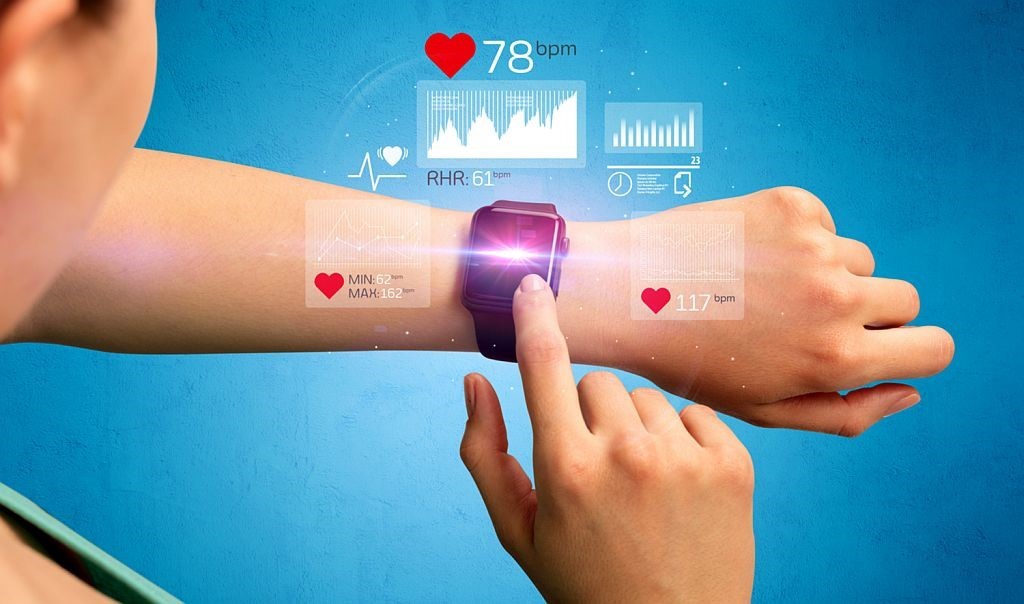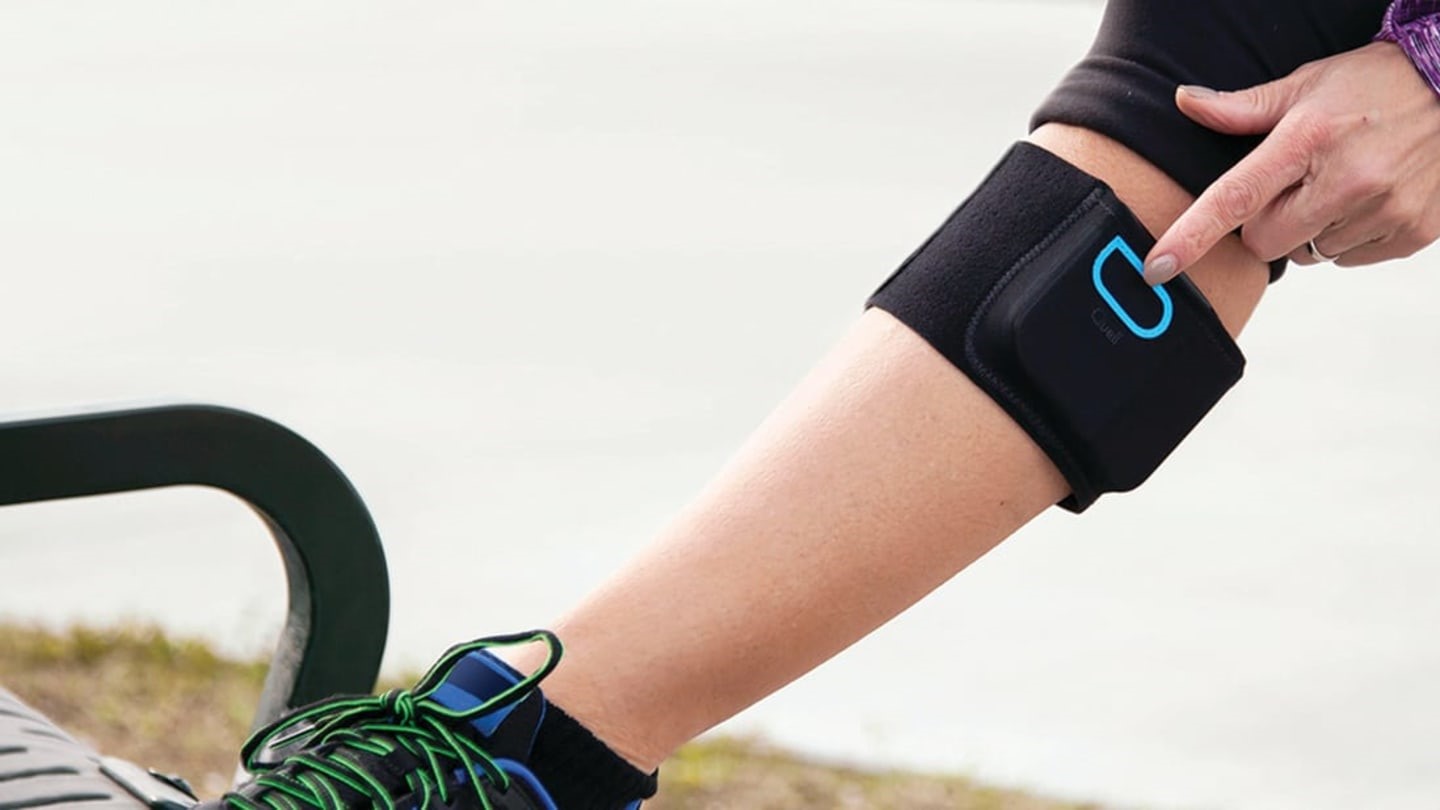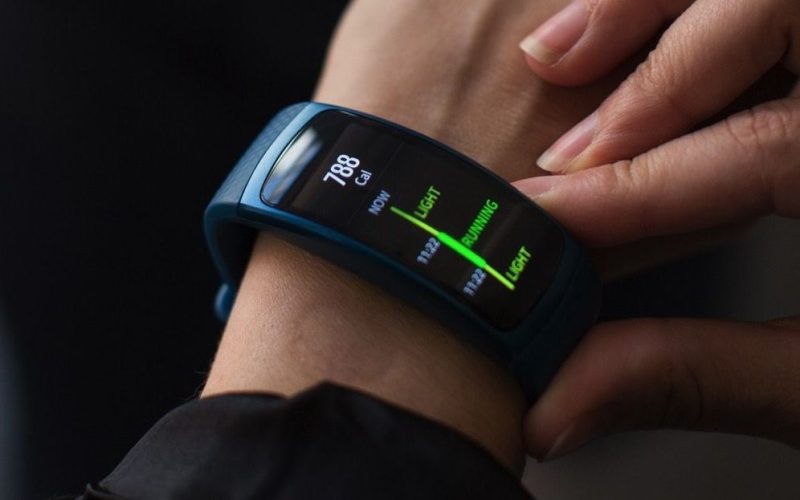In recent years, wearable devices have revolutionized the landscape of fitness monitoring, offering unprecedented insights into personal health and physical activity. These devices, which include smartwatches, fitness bands, and health trackers, have become indispensable tools for both fitness enthusiasts and healthcare professionals. This article delves into the multifaceted role of wearable devices in fitness monitoring, examining their benefits, technological advancements, and potential challenges.
Evolution and Adoption of Wearable Devices
Wearable devices have come a long way since the introduction of the basic pedometer. The modern wearable device is a sophisticated piece of technology capable of tracking a wide array of metrics, including heart rate, sleep patterns, calories burned, and even stress levels. The proliferation of these devices is evident, with a report by the International Data Corporation (IDC) indicating that global shipments of wearable devices reached 444.7 million units in 2020, a 28.4% increase from the previous year.
Key Features and Benefits
Real-Time Monitoring
One of the most significant advantages of wearable devices is the ability to provide real-time monitoring. This feature allows users to receive immediate feedback on their physical activities and health metrics. For instance, athletes can monitor their heart rate during workouts to ensure they are training within their optimal heart rate zones, thereby maximizing efficiency and reducing the risk of overtraining.
Personalized Insights
Wearable devices leverage advanced algorithms and machine learning to provide personalized insights based on the user’s data. These insights can help individuals tailor their fitness routines to meet specific goals, such as weight loss, muscle gain, or improved cardiovascular health. For example, a fitness tracker might suggest increasing daily step count or adjusting sleep patterns to enhance overall well-being.
Enhanced Motivation and Accountability
The motivational aspect of wearable devices cannot be overstated. Features such as goal setting, progress tracking, and social sharing create a sense of accountability and encourage users to stay committed to their fitness objectives. Many devices also offer gamification elements, such as badges and rewards, which further enhance user engagement and motivation.

Integration with Other Technologies
Modern wearable devices often integrate seamlessly with other technologies, such as smartphones, apps, and even smart home devices. This interconnected ecosystem allows for a more comprehensive approach to health and fitness monitoring. For instance, data from a fitness tracker can be synced with a nutrition app to provide a holistic view of an individual’s health, encompassing both physical activity and dietary habits.
Technological Advancements
Advanced Sensors
The efficacy of wearable devices in fitness monitoring is largely attributed to the advanced sensors they incorporate. These sensors can measure a variety of physiological parameters with high accuracy. For example, photoplethysmography (PPG) sensors are used to monitor heart rate by measuring blood flow, while accelerometers and gyroscopes track movement and orientation.
Artificial Intelligence and Machine Learning
Artificial intelligence (AI) and machine learning (ML) play a crucial role in enhancing the functionality of wearable devices. These technologies enable the devices to analyze vast amounts of data and provide actionable insights. For instance, AI algorithms can detect irregularities in heart rate patterns, potentially identifying early signs of cardiovascular issues.
Long Battery Life
Battery life has been a significant concern for wearable device users. However, recent advancements in battery technology have led to longer-lasting devices, allowing for continuous monitoring without frequent recharging. This improvement enhances the user experience and makes the devices more practical for long-term use.
Challenges and Considerations
Data Privacy and Security
One of the primary concerns associated with wearable devices is data privacy and security. These devices collect a plethora of sensitive information, which, if compromised, can have serious implications. Manufacturers must prioritize robust security measures to protect user data and comply with regulations such as the General Data Protection Regulation (GDPR).
Accuracy and Reliability
While wearable devices have made significant strides in accuracy, they are not infallible. Factors such as sensor placement, skin tone, and movement can affect the accuracy of the data collected. Users and healthcare professionals should be aware of these limitations and consider them when interpreting the data.

Cost and Accessibility
The cost of wearable devices can be a barrier for some individuals. High-end devices with advanced features can be expensive, making them less accessible to a broader audience. To address this issue, manufacturers are increasingly offering a range of devices at different price points, ensuring that more people can benefit from fitness monitoring technology.
Future Prospects
The future of wearable devices in fitness monitoring looks promising, with continuous advancements in technology poised to enhance their capabilities further. Emerging trends such as the integration of augmented reality (AR) for immersive workout experiences and the use of wearable devices in remote patient monitoring highlight the potential for even greater impact on health and fitness.
Moreover, the development of more sophisticated algorithms and the incorporation of biometric authentication could address some of the current challenges related to accuracy and data security. As wearable devices become more advanced, they are likely to play an increasingly integral role in personalized healthcare and preventive medicine.
Conclusion
Wearable devices have undeniably transformed the way we approach fitness monitoring, offering real-time insights, personalized recommendations, and enhanced motivation. While challenges such as data privacy and accuracy remain, ongoing technological advancements promise to address these issues, making wearable devices even more effective and accessible. As we move forward, the integration of wearable technology in fitness and healthcare will continue to evolve, paving the way for a healthier and more informed society.










